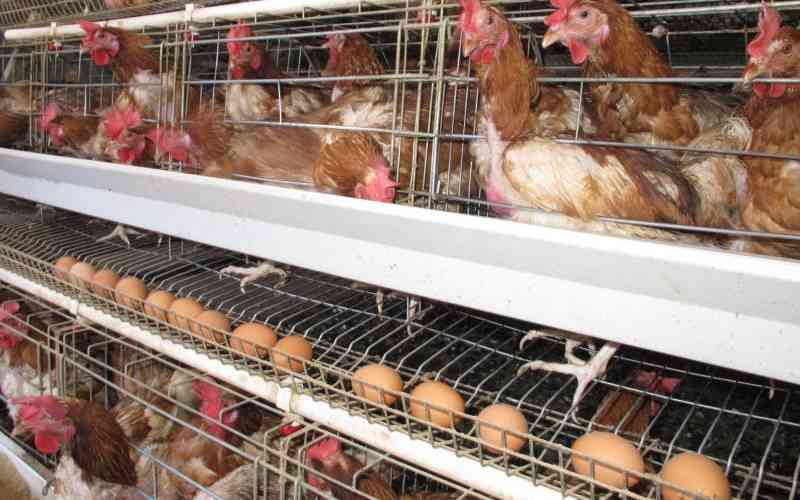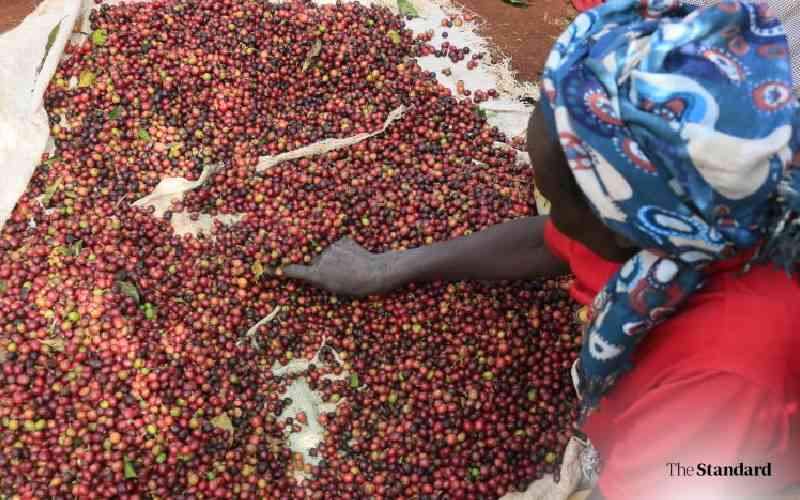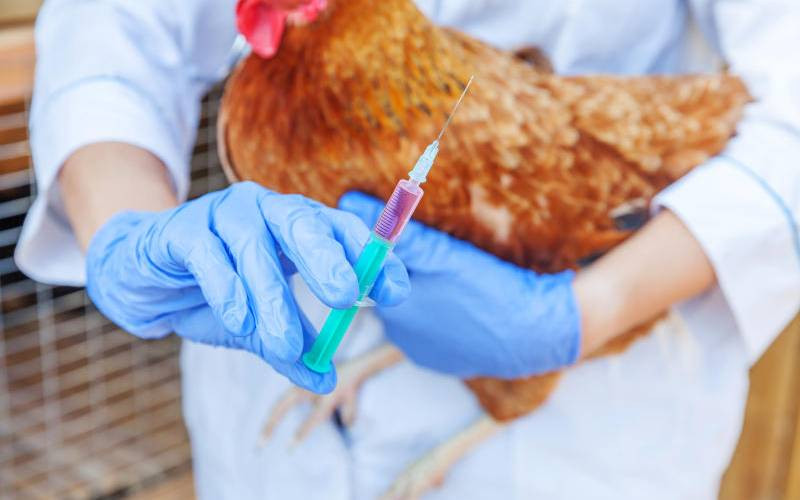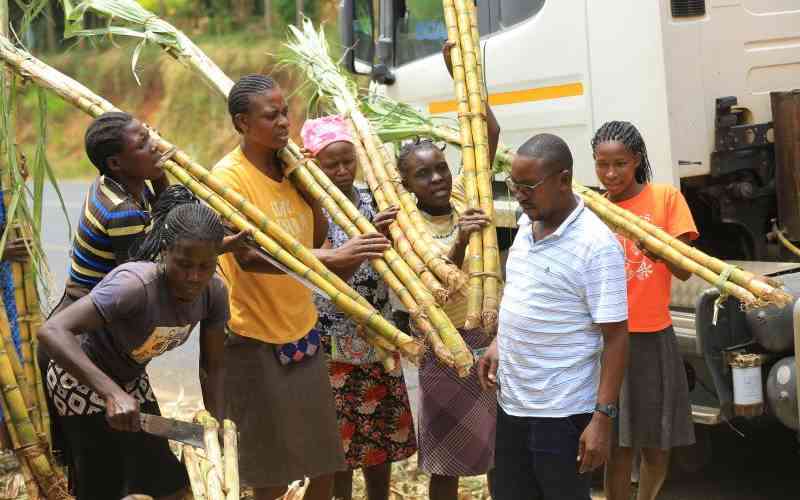
It is mid-morning in Kimende, a chilly highland settlement tucked within Lari constituency in Kiambu County.
While the fog still hangs low over the forested ridges, inside a quiet compound a few kilometres from the main road, warmth radiates—not just from the heat lamps inside the poultry brooding unit but from the energy of a woman who has turned chick-rearing into a thriving agribusiness.
Sheila Tanui, a mother, farmer, and owner of Lari Poultry Farm, isn’t your typical poultry keeper.
She doesn’t rear layers for eggs or broilers for meat. Instead, she runs a full-time brooding enterprise—raising day-old chicks for 30 days before selling them off to farmers looking for healthy, vaccinated and well-prepared birds.
It’s a farming model that’s still unfamiliar to many but growing rapidly in popularity among agripreneurs.
“We buy day-old chicks from certified hatcheries and bring them here to brood,” she says, her hands moving confidently as she pours feed into trays inside one of her brooding chambers.
“After one month, the birds are strong enough, well-fed, and ready for customers to take over.”
It sounds simple, but beneath the surface lies a story of hard-earned lessons, steady scaling, and a deep commitment to doing things right from day one.
Sheila didn’t start out planning to run a brooding business. Like many small-scale farmers, she began by purchasing month-old chicks from a local supplier to rear at home. But curiosity got the better of her. “I kept wondering—how do they manage those chicks when they’re still one day old? What happens in that first month?” she recalls.
So she paid attention. She asked questions and observed how the supplier handled the fragile birds.
Eventually, she decided to try it for herself. “I started small—with just 50 chicks. Then moved to 100. I made mistakes, but I kept learning.”
Today, her brooding unit can hold up to 5,000 chicks at a time. She specialises in improved kienyeji (indigenous) breeds like Kenbro and Sasso, which are hardy and fetch better prices.
Brooding, Sheila explains, is not just about feeding chicks and keeping them warm. It’s a delicate balance of temperature control, sanitation, nutrition, and planning. “You have to prepare the house in advance. Before the chicks arrive, we warm the space, put down maranda (wood shavings) for bedding, set up trays for feed and water, and block out all corners. Chicks tend to crowd together in corners and can suffocate,” she says.
In colder months like July, she ensures water is warmed before being served to the newly arrived chicks. On day one, she adds glucose to boost their energy. “These birds come from hatcheries, tired and stressed. That first day is critical.”
Sheila also prioritises hygiene. “Cleanliness is everything. If you step into the brooding house and smell dampness or overcrowding, something is wrong. Proper airflow, clean water, dry bedding—that’s what keeps mortality low.”
Stay informed. Subscribe to our newsletter
The farm also relies on proper record keeping. Each batch is logged, with feed quantities, mortality rates, and sale details carefully documented.
“If you don’t keep records, you’ll feed even the chicks that died. That’s how people run losses without knowing.”
So why sell chicks at just one month? Why not rear them to full maturity?
“Because the demand is there,” Sheila explains. “Many farmers don’t want the headache of brooding. It’s technical, time-consuming, and the risk of losing birds is highest in those first four weeks. So they’d rather buy one-month-old vaccinated chicks and continue from there.”
Her clientele ranges from smallholder farmers to motorbike riders looking to start a side hustle.
Some take 50 chicks, others, 300. For many of them, buying from Sheila saves time, effort, and the steep learning curve. And with improved kienyeji breeds, Sheila says the one-month-old birds are ready for growth. “They’ve been dewormed, vaccinated against Marek’s, Gumboro, and Newcastle. We use quality chick crumbs, give them clean water, and ensure they’re stress-free.”
This hands-on approach has earned her trust and built a loyal customer base, many of whom return every cycle.
Despite her success, Sheila is quick to admit that brooding is no walk in the park. “The hatcheries sometimes delay deliveries. Chicks arrive late, cold, and stressed—and that can cause early deaths,” she says.
There’s also the constant battle against diseases like coccidiosis. Without a clean environment or proper temperature regulation, the chicks become vulnerable. “Once they crowd, the weaker ones get trampled. A slight mistake with heating or feeding can cost you dozens of birds overnight,” she says.
Then there’s the issue of high input costs. “Feeds are expensive. Electricity is expensive. Brooding needs round-the-clock heat, especially at night.”
But what’s the most significant challenge? Knowledge. “Many people jump into brooding without understanding the science. That’s why some leave the business within months. You must study, ask questions, and start small.”
Sheila is passionate about mentorship and shares her knowledge freely. She urges aspiring farmers to visit hatcheries, attend open training days, and even watch local farming shows like FarmKenya on Ktn.
“There’s a lot of free information out there. And if someone wants to learn, they can even come to my farm—I teach step by step.”
Her biggest piece of advice? Start with what you can manage.
“Don’t start with 1,000 chicks if you’ve never brooded before. Start with 50. Learn the mistakes while the scale is manageable. From there, you can grow.”
She also encourages brooders to market themselves actively. “Use social media—TikTok, Facebook, and WhatsApp groups. Let people know you have good, healthy chicks for sale. Marketing is key.”
Looking ahead, Sheila’s dream is to expand beyond just brooding.
“We want to start our own hatchery eventually. That way, we can produce F1 chicks ourselves. Right now, we depend on others. But if we can hatch, brood, and supply—then we become a full-circle operation.”
As we wrap up our visit, the chicks around us chirp contentedly under the warm glow of the brooding lights.
It’s a soft but steady sound—a chorus of hope. Because here in the highlands of Lari, it’s not just chicks that are being raised, it’s possibilities.







